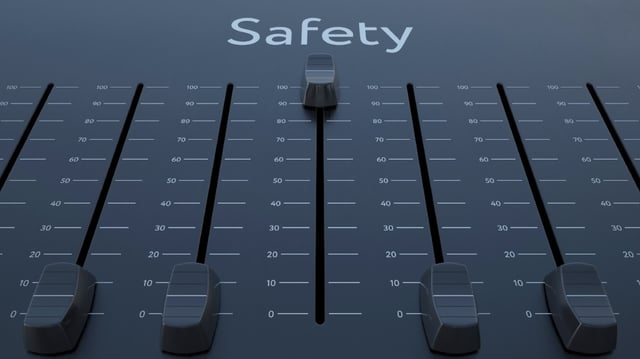
Improving fleet safety is important for business when you have a company fleet because the costs of driver misbehavior can send your expenses through the ceiling. Risky driving accounts for around 90 percent of car accidents and identifying these behaviors and weeding them out can make for fewer accidents on the road.
The primary accident contributing behaviors include:
- Decision error
- Performance errors
- Recognition errors
- Non-performance errors
With risky driving behaviors, you have a risk of accidents. In fact, aggressive driving increases the likelihood of an accident by as much as 34.8 times.
Luckily, it's also one of the least frequent of the behaviors. Meanwhile, the most prevalent risky behavior of speeding raises your likelihood of an accident by as much as 12.8 times.
The Answer: Driver Monitoring Systems?
How can we combat irresponsible driving habits? One of the most popular solutions has been to employ a driver behavior monitoring system.
The technology does a great job looking at each driver's behavior and identifying their risky driving habits. However, we have to understand how driving habits die hard. Nevertheless, you will never regret getting insights over your fleet to help you manage them better.
Developing a Baseline
Many times people overlook the step of the baseline when they implement new processes because after you have started something new, you want to get it going.
Despite the urgency to move, you should first establish the starting point for your fleet because this helps you track driver performance over a specific period of time. You can measure progress much easier and get insights this way too.
One of the things we recommend recording includes the initial overall driver score. We say this because you want a benchmark that lets you compare it to future driving scores.
For those who want consistency, you should make use out of an incremental time period. For example, you could choose monthly, quarterly or every 90 days.
Manage Your Resources
You never want to go too thin with your resources. For example, don't attempt to address the performance of each driver all at once as this can be messy and ineffective. Instead, focus on the high-risk drivers. This opens a window of insights into the drivers who put your fleet most at risk.
As a result, you want to concentrate your best efforts on them to maximize the impact. Even as you actively address the high risk of driver behavior, you should do your best to reinforce positive driving habits.
Recognize and Praise Positive Driving Behavior
Many times the good drivers drift into the background as the unsung heroes. When you have a driver who shows good driving habits, acknowledge them. You want to show them how you appreciate their efforts. Also, it will show the other drivers how you appreciate good drivers.
To follow through fully with this tactic, you might have the supervisors praise drivers who have performed well. Also, don't be afraid to hand out rewards for good driving habits.
It doesn't have to be a big reward because the benefits still stand. You might, for example, let a driver with a good score skip a driver training class. You might also give them a gift card.
If you'd like to learn more about good driver behavior and how to manage it, contact us today. We would love the chance to help you improve your fleet. Wilmar Inc. will help to move you into the fast lane.
In addition, we will craft up a fleet solution to fit into your company's needs and propel you forward. As a company, we have made it a goal to deliver a customized fleet solution that makes your company better.








